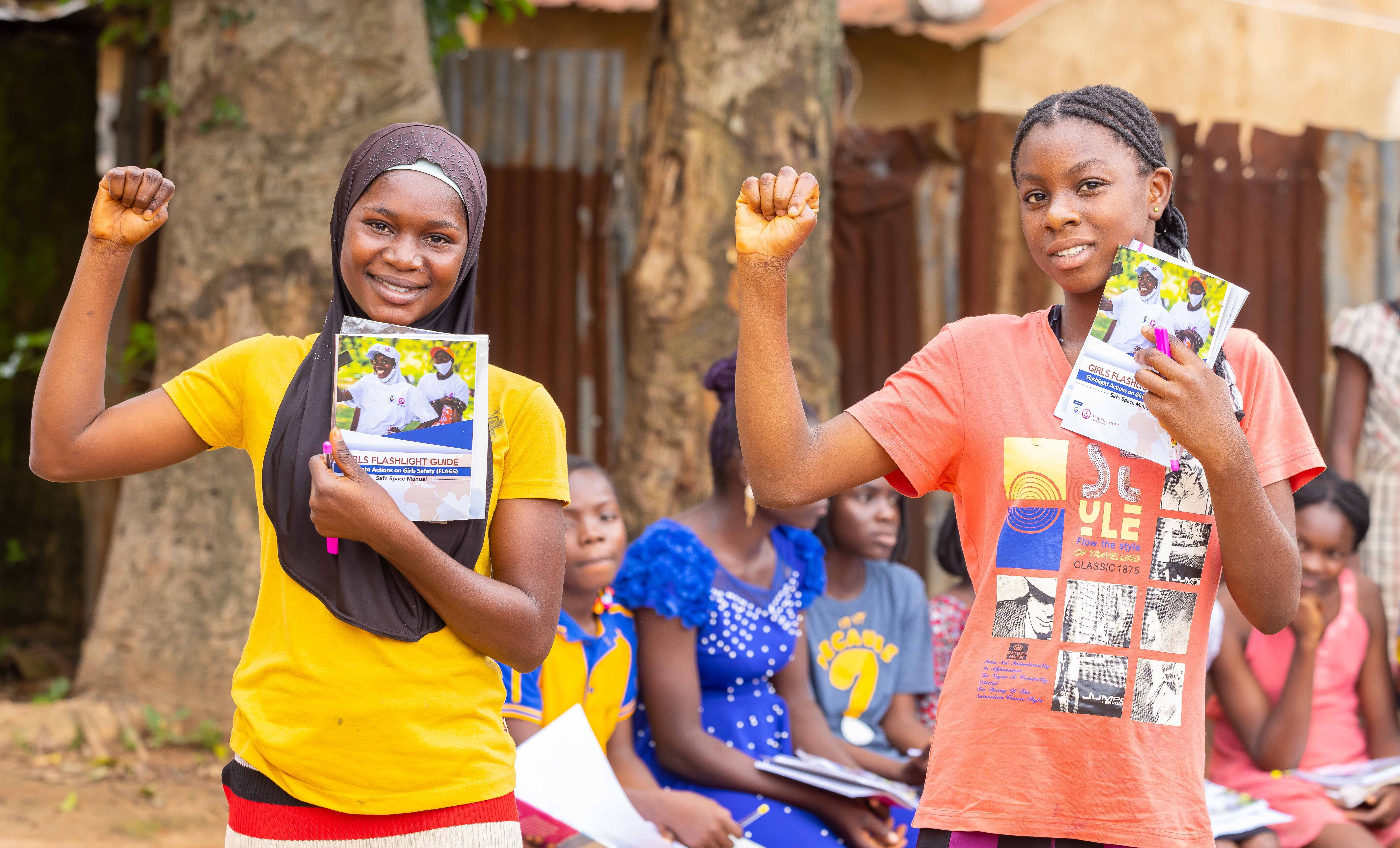Grantee organizations continued to protect women and girls in 2022 despite severe challenges
Date:

In 2022, women’s rights and civil society organizations continued to deliver life-saving work in the face of the COVID-19 pandemic and many protracted, complex and overlapping crises around the world that put women and girls at increased risk of violence and discrimination.
During the year, 186 of these organizations in 70 countries and territories supported by the UN Trust Fund to End Violence against Women (UN Trust Fund) reached 47,578,975 people, including 24,408,861 women and girls[1], through various initiatives to bring about positive, transformative change and end all forms of violence against women and girls. Whether in crisis or non-crisis contexts, these grantee organizations stepped up to meet the needs of women and girls across the globe.
The beneficiaries
As part of its Strategic Plan (2021-2025), the UN Trust Fund focuses on the specific experiences and particular needs of certain women and girls who face intersecting and multiple forms of discrimination. In 2022, 433,677 women and girls directly benefited from UN Trust Fund-supported projects, including:
- 81,866 women and girl survivors of violence
- 13,737 women and girls living with disabilities
- 22,915 internally displaced or refugee women and girls
- 41,780 Indigenous women and girls
- 1,900 lesbian, bisexual and transgender women and girls
- 20,314 human rights defenders and gender advocates
In war-torn Ukraine, the NGO Club Eney continued to lead a project to prevent gender-based violence and the spread of HIV among women who use drugs, self-identified women sex workers, women living with HIV and internally displaced women by providing essential services, offering shelter, tools and supplies for work and cash assistance for evacuation. The project adapted and implemented WINGS (Women Initiating New Goals of Safety), a screening and intervention tool that guides women at risk of violence through risk assessment and safety planning, provides them with information about available services and refers them to treatment.
In Mexico, the Instituto para las Mujeres en la Migración (IMUMI - Institute for Women in Migration) ran a project to improve access to specialist support services for women migrants from the Latin America and the Caribbean region. The project also collected data to inform policy recommendations that will better serve the needs of women and girl asylum seekers.
Learn more
Learn more about the importance of an intersectional approach to ending violence against women and girls in the UN Trust Fund’s Strategic Plan (2021-2025).
Stay tuned and read all the snapshots of 2022 in the run-up to the publication of the UN Trust Fund’s 2022 annual report at the end of June 2023:
- Indicators of success for 2022
-
The power of practice-based knowledge to end violence against women and girls
-
2022: Continued capacity development for grantee organizations
Read the Annual Report 2022 here.
[1] Estimated total number of women and girls reached through UN Trust fund projects, including primary, secondary and indirect beneficiaries. Indirect beneficiaries are typically reached through awareness-raising campaigns on TV, radio, public events and so on for which data disaggregated by sex/gender is often unavailable. Where gender/sex is unknown, the percentage of the female population globally (49.7%) has been used to estimate the total number of women and girls reached.
Source: https://data.worldbank.org/indicator/SP.POP.TOTL.FE.ZS